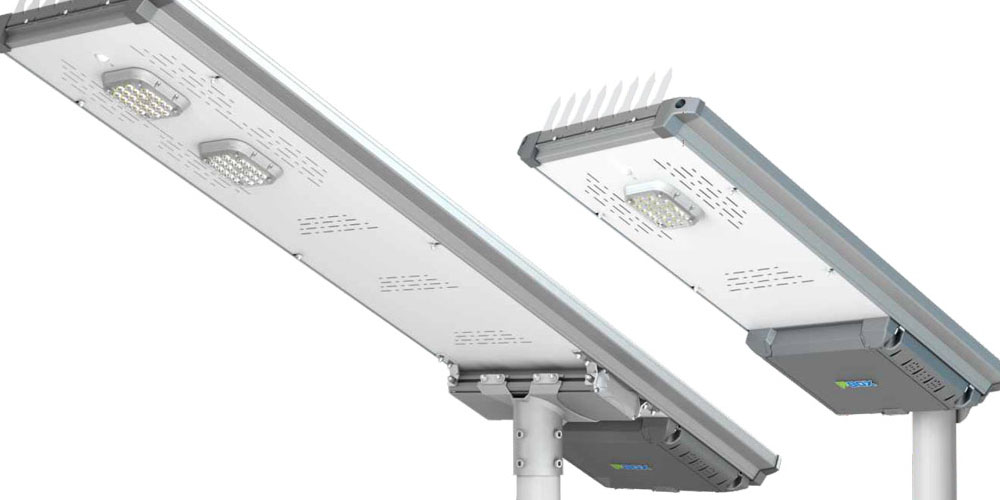Solar street lights are supposed to work the whole night. Therefore, pbox manufacturers incorporate energy-saving features which make the lamps light up several days even with the absence of the sun. Solar street lighting efficiency minimizes the electricity demand. In addition, it is a cheaper method of lighting up the streets and roads than conventional lighting techniques. However, modern solar street light designs utilize wireless technology to manage the battery. Research shows that the power supply system has failed to meet the power demand demonstrating a lack of energy conservation in recent years.
Energy Efficient Solar Street Lighting-What it is
Street lighting is fundamental as it enables pedestrians and motorists to see their way and objects in their paths at night. Lighting efficiency refers to how the input power produces light to illuminate the targeted area. Standard gas discharge and incandescent lamps waste a lot of electricity as heat energy. Plus, they consume more power because ballast uses a higher voltage during starting times. Solar street lighting efficiency involves using less power to get more illumination. You can achieve efficiency by eliminating street lights like high discharge lamps that consume high power. Also, you need to replace lighting accessories that use high power with lower power devices like electronic ballasts.
How To Achieve Energy Efficient Solar Street Lighting
There are several techniques for ensuring efficient street lighting. These include:
1. Replacing a Standard Bulb
Incandescent lamps waste a larger percentage of electricity as heat, and they consume at least three times the power. You need to replace these lamps with energy savings bulbs to have an energy-efficient lighting system. Compact fluorescent and light-emitting diode lamps are the two common types of energy-efficient street light.
Compact fluorescent lamps use the latest technology and are available in a wide range of shapes and sizes. The lamps have a phosphorus-coated glass tube containing mercury vapor and argon gas. They use about seventy-five percent less power and last longer than conventional bulbs. On the other hand, light-emitting diodes save the most energy and are more durable. LEDs do not get hot like other ordinary bulbs. The lamps have the same illumination as incandescent lamps, but they consume lower electricity. However, they are costly than other bulb types.
2. Light Controls
Using light controls and sensing devices like automatic timers, motion sensors, and infrared sensors will help conserve energy. The sensors are programmed to sense the availability of daytime light and the presence of moving bodies. They also have remote operating instructions. All these combine to reduce the energy consumption of solar street lights.
Furthermore, wireless street light control systems monitor street lighting efficiently. They help save energy by reducing the light intensity as street traffic reduces late in the night and turning off the lights in the morning.
3. Using Energy Efficient Accessories
Lamp accessories like fixtures and ballasts reduce energy consumption. Electronic ballasts or ballasts with low loss copper are the best to install on lamps as they save more energy and improve the power factor. Moreover, you can use energy-efficient fixtures that consume less energy than ordinary street lights. The fixtures consume less energy while producing high illumination and ensure lamps last longer.
Conclusion
Energy-efficient street lighting is critical. You can develop a better solar street lighting system by using advanced lighting controls and energy-efficient accessories.

